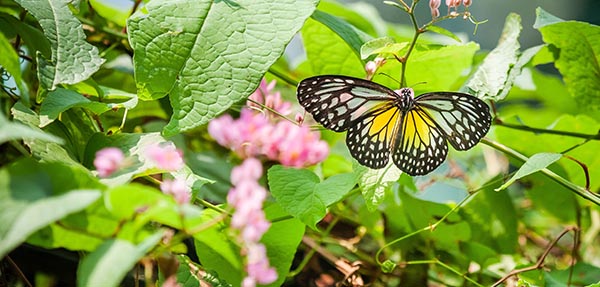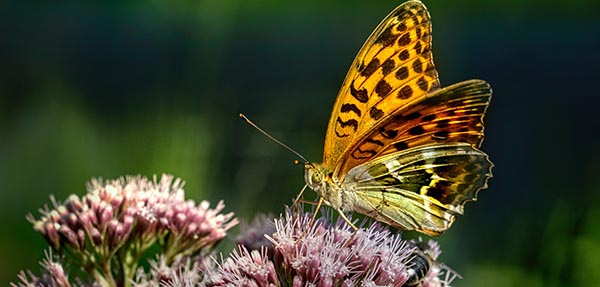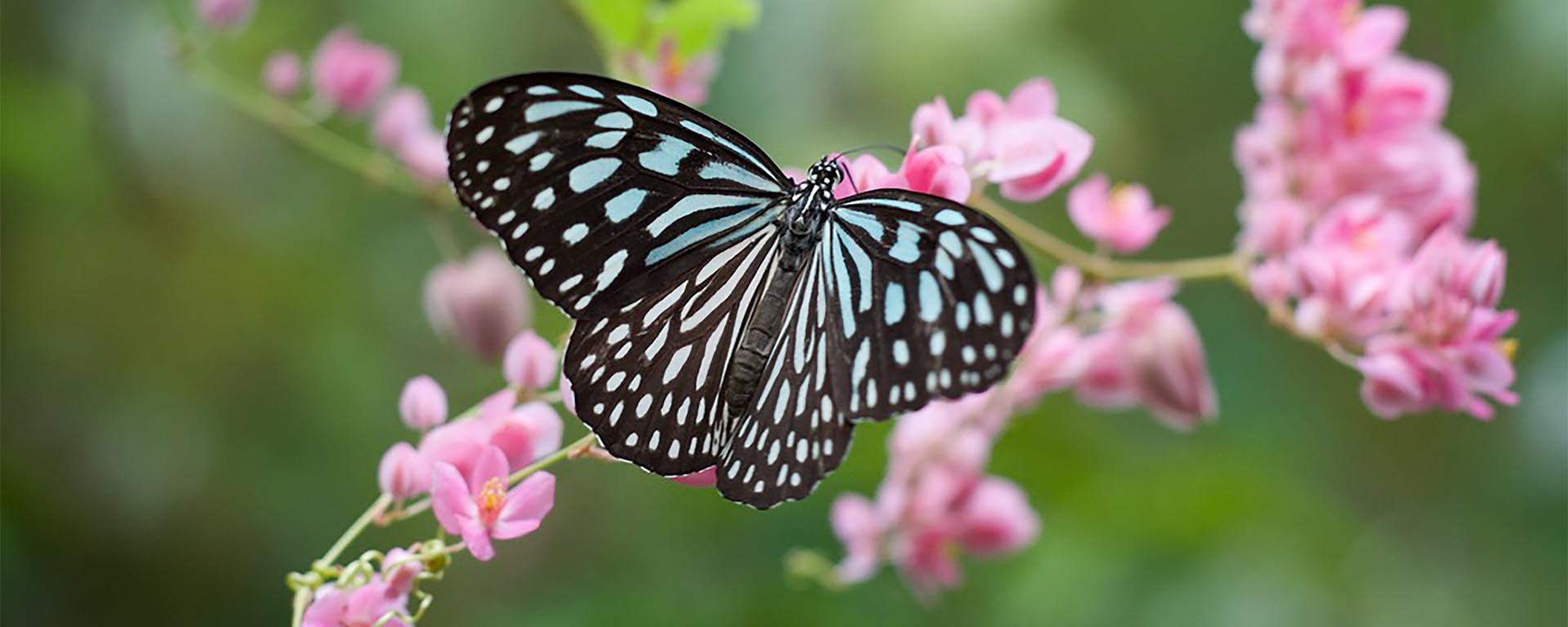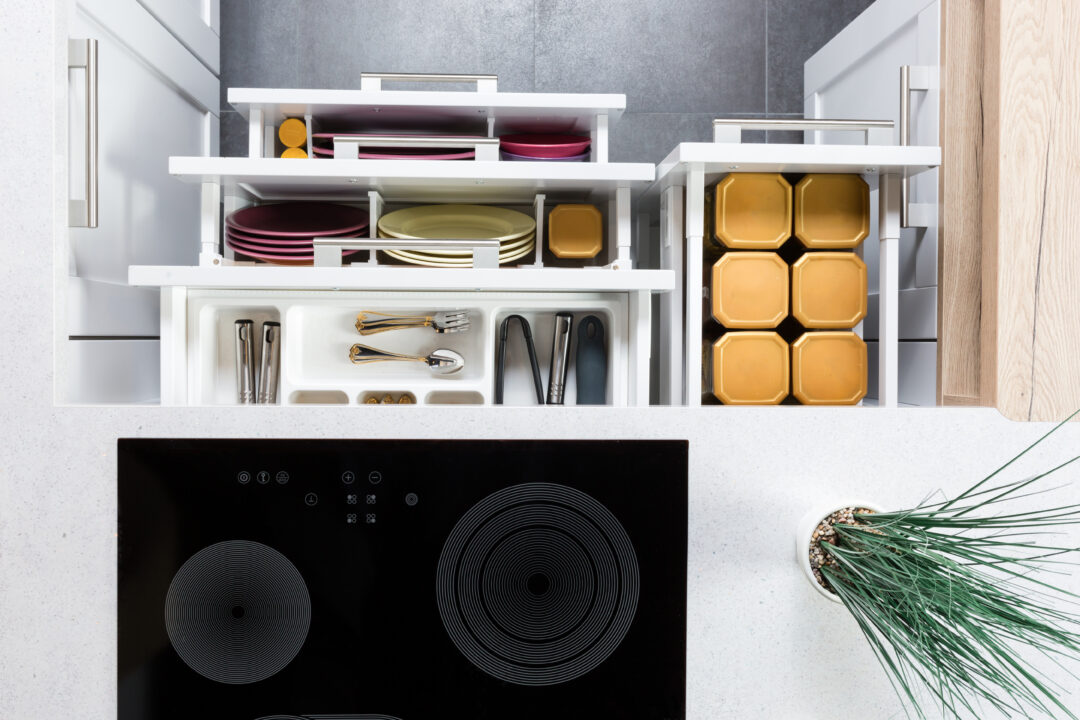Enhancing your outdoor space by creating a butterfly garden not only adds vibrant beauty but also contributes to the health of local ecosystems. Butterflies are not just delicate and charming insects; they play a crucial role as pollinators, aiding in the reproduction of various plant species.
In this comprehensive guide, we’ll explore the world of butterfly species that could grace your garden and provide insights into attracting these gentle creatures to your home through thoughtful gardening and outdoor maintenance techniques.
The Importance of Butterfly Gardens and Common Species

1. Why Have a Butterfly Garden?
Butterflies, with their delicate wings and mesmerising flight patterns, are not only captivating to watch but also serve as essential pollinators. By cultivating a garden that appeals to butterflies, you’re indirectly helping to pollinate the plants in your garden and even neighbouring areas, contributing to biodiversity and the overall health of the environment.
2. Common Butterfly Species
Listed below are some of the common butterfly species you could come across in your garden:
- Monarch Butterfly: Recognised by its vibrant orange and black wings, the Monarch is famous for its long migration journeys. It’s attracted to milkweed plants, which are vital for its lifecycle.
- Painted Lady Butterfly: This colourful butterfly is known for its quick and erratic flight. It loves nectar-rich flowers like asters and sunflowers.
- Peacock Butterfly: With its beautiful ‘eye’ patterns, this species prefers flowering plants like buddleia, marjoram, and lavender.
- Small Tortoiseshell Butterfly: This vibrant orange and black butterfly favours flowering plants like thistles, marjoram, and verbena.
Attracting Butterflies and Plant Selection

The sight of butterflies in a flourishing garden is enough to put a smile on anyone’s face. Here’s how you can achieve an outdoor space filled with more of these beautiful pollinators:
1. Choose Native Plants: Opt for native plants in your butterfly garden as they’re adapted to your local climate and will naturally attract local butterfly species. Examples include milkweed, coneflowers, and native grasses.
2. Provide Host Plants: Include host plants that caterpillar larvae feed on. Different butterfly species have specific host plants. For instance, Monarch butterflies rely on milkweed.
3. Offer Nectar-Rich Flowers: Nectar-rich flowers are essential for adult butterflies. Plants like lavender, verbena, salvia, and buddleia will entice them with their sweet nectar.
4. Provide Sun and Shelter: Butterflies thrive in sunny spots, so ensure your garden receives ample sunlight. Also, incorporate some sheltered spots, like low shrubs or trellises, for butterflies to rest and hide from predators.
5. Avoid Pesticides: Chemical pesticides can harm butterflies and other beneficial insects. Opt for natural pest deterrents to maintain a healthy garden ecosystem.
Conclusion
Creating a butterfly garden offers a magical and rewarding experience, attracting these enchanting insects while contributing to essential pollination. By understanding the importance of butterflies as pollinators and selecting the right plants and techniques, you can enjoy a flourishing and vibrant butterfly haven in your own backyard.
And for maintaining the overall beauty and cleanliness of the inside or outside of your home, don’t forget that booking a SweepSouth cleaning service means you’re getting the best in home cleaning services. The vetted SweepStars, available on SA’s #1 home services platform, can help ensure your home and garden remain welcoming and well-maintained. With SweepSouth by your side, you’ll always arrive back at the end of every day to a happy, healthy home.








